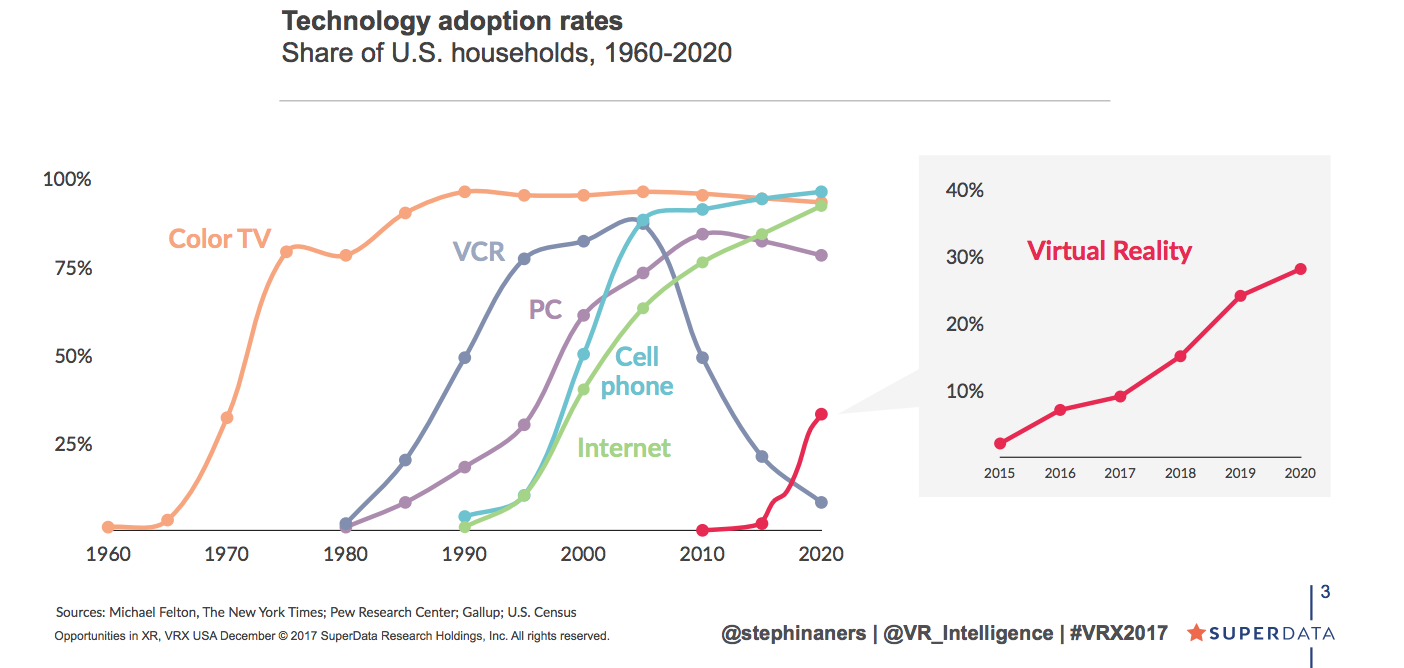
The annual VRX conference was held in San Francisco, CA on December 7 & 8 2017. Here are a few of the major takeaways from Key Lime Interactive’s Lead Researcher and Strategist, Rick Damaso, from this year’s event.
The current state of VR
In a not so distant past, many predicted that by 2017 Virtual Reality (VR) would play an integral role in our everyday lives. Sadly, 2017 has come and gone and everyone in the industry is asking themselves the same question...why hasn’t VR taken off the way we anticipated? Looking at it from a numbers perspective, it makes sense why this question made its way into almost every presentation and reverberated off every corner of the conference hall.
(Photo credit: Opportunities in XR, VRX USA December | © 2017 SuperData Research Holdings, Inc. All rights reserved Sources: Michael Felton, The New York Times; Pew Research Center; Gallup; U.S. Census)
The fact is, even with expert’s bullish outlook, VR sits considerably below other forms of tech like wearables in terms of penetration of U.S. households. Estimates indicate that VR systems are in somewhere between 7% and 11% of consumer homes. Even more alarming are polls suggesting that 35% of high end VR system owners use their consoles once a month or less (according to YouGov). Needless to say, this is not the major splash everyone was expecting. After hearing all of these statistics, I (like many others) asked myself “why”. Fortunately, nearly half of all presentations and panels touched on this topic and offered their own interpretation of the problem. My take on what they said boils down to three main reasons:
- Price - The cost is simply too high (especially for the high end systems) for a technology in which users are unconvinced / uneducated about it’s value & capability.
- There are a very limited number of quality experiences (which drives down the incentive for adoption and thereby removing the incentives from developers to invest and create new experiences)
- Many users encounter a poor first experience in the form of mobile based VR where sim sickness and limited interactivity are prevalent, thus damaging user’s perceptions of VR.
What’s being done about this? I’m glad you asked….
VR, AR, MR, and LBVR?
At this point, you’ve probably heard about the Big Three R’s in some shape or from. Virtual Reality (VR, think computer powered rigs like HTC Vive and Oculus Rift), Augmented Reality & Mixed Reality (mobile based apps like Pokemon Go on your smartphone and goggles like Hololens that leverage real life objects and CGI). You might however be surprised to hear that another sort of R could be the key to driving consumer adoption - Location Based VR (LBVR) .
LBVR is essentially a live, interactive experience that leverages AR & MR and traditional display technologies to offer interactive and immersive experiences. Take the city of Montreal for example. In anticipation of its 375th anniversary, creatives from the world were brought in to develop a city scale interactive virtual experience to showcase historical and cultural landmarks.
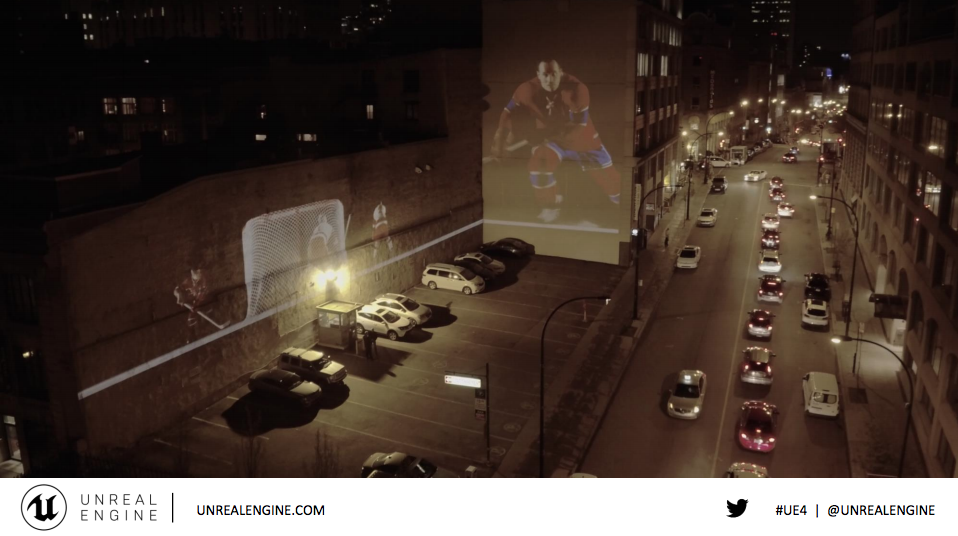
(photo credit: Unreal Engine @UNREALENGINE ; via VRX Conference 2017)
Citizens and visitors alike were treated to over a 20 unique encounters varying from contemporary art to the city’s rich hockey tradition. Experiences were outfitted with MR goggles while others supported mobile based interactivity. Following the successful campaign, many onlookers admitted that this was their first eye opening VR eye experience and an introduction to a medium a whole . Many conference goers expressed excitement over the fact that companies like AMC were investing in room scale VR experiences as a way to bring VR to the masses. Top notch hardware and quality experiences in permanent public locations like movie theaters could go a long way to educate consumers on the possibilities of VR.
Onlookers were treated to over a 20 unique encounters varying from contemporary art to the city’s rich hockey tradition. Some experiences provided AR goggles while others supported user’s own mobile phones to drive the interaction. Following the successful campaign, countless news stories were published detailing what many said was “their first eye opening VR experience”.
Many conference goers expressed excitement over the fact that companies like AMC Theaters were also investing significant dollars in room scale VR experiences as a way to bring VR to the masses. Top notch hardware and quality experiences in the hands of new users could go a long way to educate the public on the possibilities of VR.
The future of VR
So what does the future hold for VR? Although many believe the appetite from consumers will continue to rise, the reality is (no pun intended) is that VR simply doesn’t meet the imaginative worlds perpetuated by novels like Ready Player One (Ernest Cline) and popular shows like Netflix’s Black Mirrors. And as a result, non-hardcore gamers are simply not seeing the value to justify the purchase.
So what what will happen to the industry until then? Is all hope lost? In short, the answer is most probably no. Realistically speaking, many presenters and attendees believe that VR will find practical applications in the workforce. Industries like healthcare, human resources, and automotive have seen early adopters make investments in startups focusing on innovative applications. And of course, commitments from heavyweights like Intel mean the bar will rise in terms of hardware and cloud computing —which will really change the game for mobile. It’s completely realistic to imagine a not so distant future where millions of employees use practical VR applications as part of their daily job.

(photo credit: Intel via Frank Soqui, General Manager | Virtual Reality Group @ VRX Conference 2017)
If you’re still unconvinced, history can provide us several examples. Think back to the first time your employer handed you your very first Blackberry. It was clunky, a bit lacking in terms of functionality but this device would go on to inspire innovations in human interconnectivity with instant communication. In a similar way, many experts agree that VR will soon improve everything from hands on training for blue collar technicians to complex brain surgeries performed in top hospitals around the world.
To learn more about our strategic outlook on VR reach out to us at info@keylimeinteractive.com and add me (Rick Damaso) on LinkedIn here.
READ MORE: What's the Difference Between VR, AR and MR?, Strategies for Usability Testing with VR, Setting Up a VR-UX Testing Lab, A Brief History of Human Computer Interaction


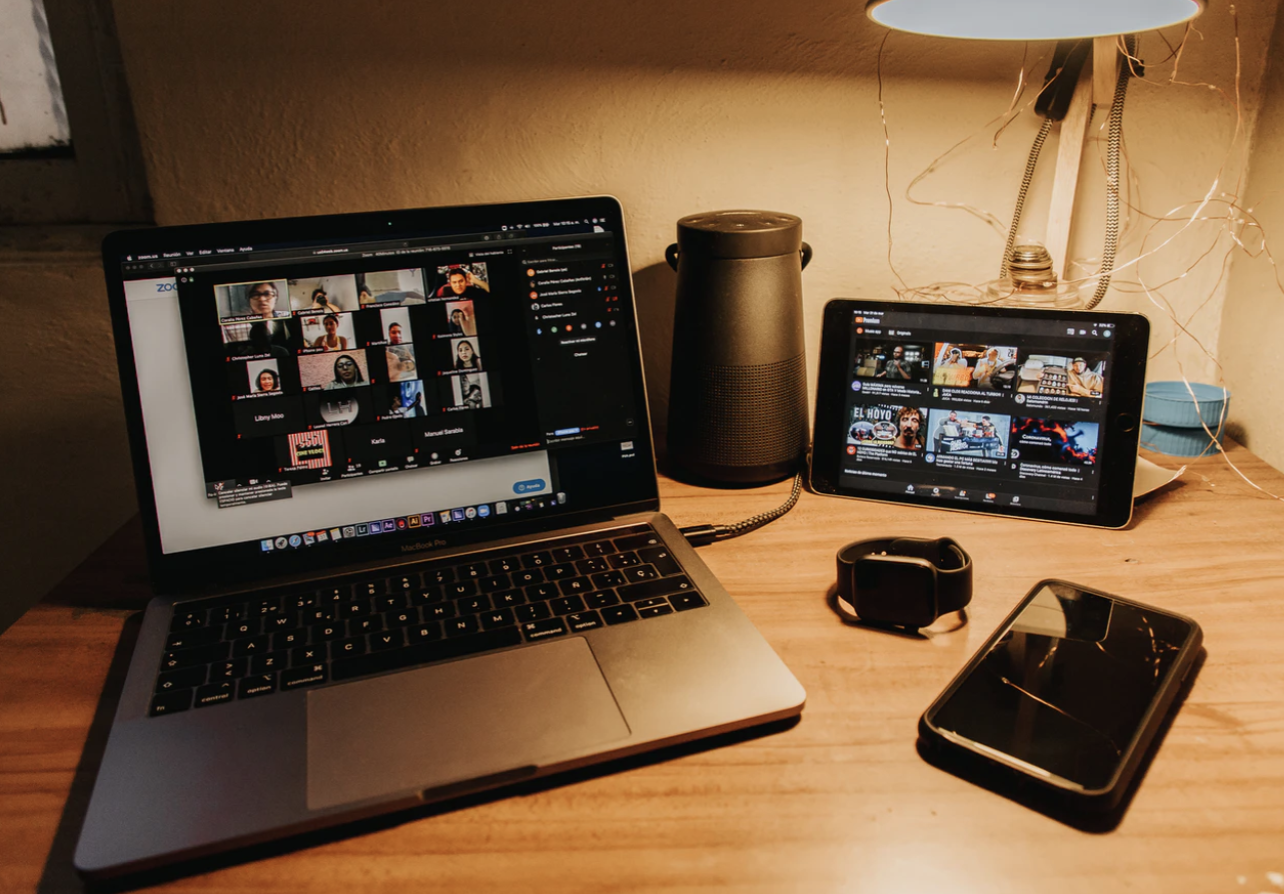
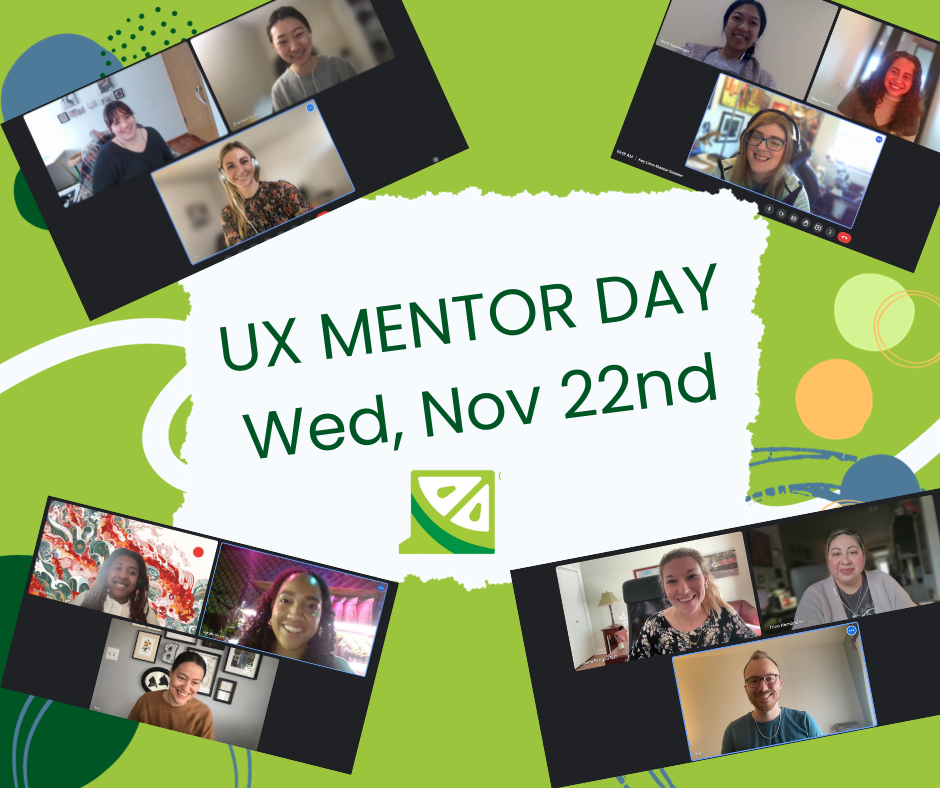




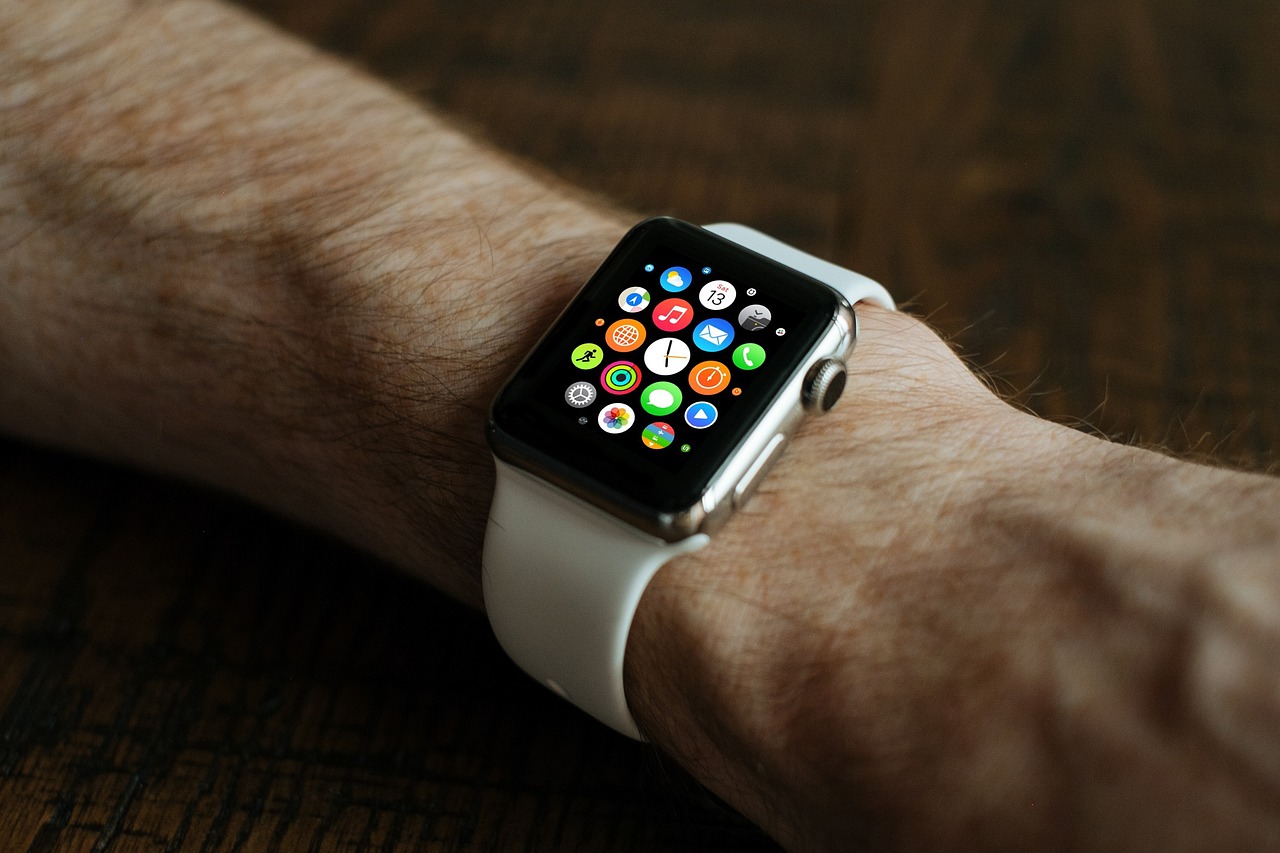


Comments
Add Comment